Alana de Santana Correia
Análise de ambiguidade linguística em modelos de linguagem de grande escala (LLMs)
Apr 25, 2024
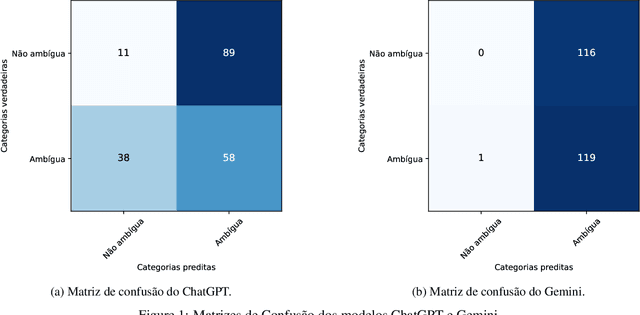
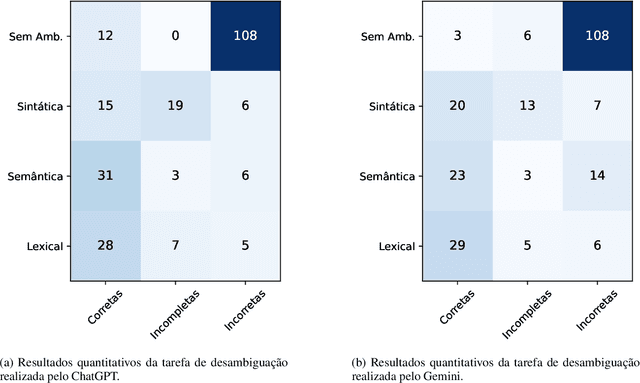
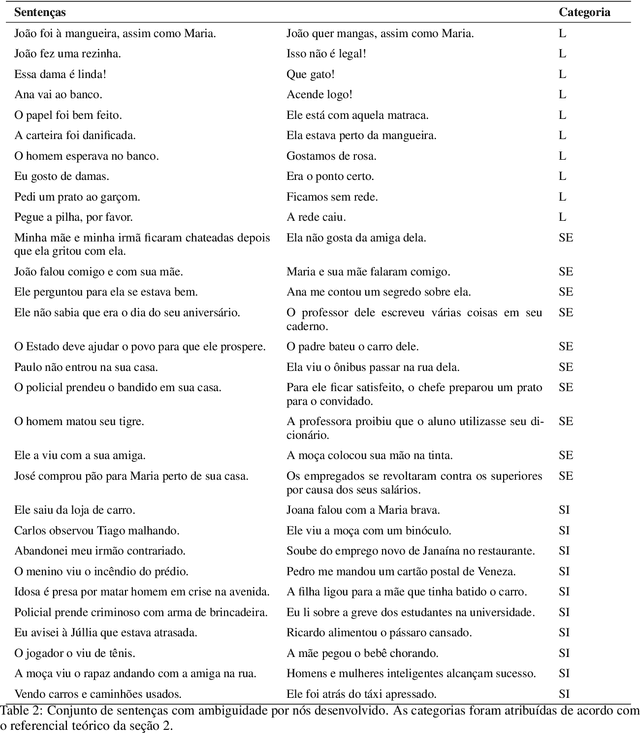
Abstract:Linguistic ambiguity continues to represent a significant challenge for natural language processing (NLP) systems, notwithstanding the advancements in architectures such as Transformers and BERT. Inspired by the recent success of instructional models like ChatGPT and Gemini (In 2023, the artificial intelligence was called Bard.), this study aims to analyze and discuss linguistic ambiguity within these models, focusing on three types prevalent in Brazilian Portuguese: semantic, syntactic, and lexical ambiguity. We create a corpus comprising 120 sentences, both ambiguous and unambiguous, for classification, explanation, and disambiguation. The models capability to generate ambiguous sentences was also explored by soliciting sets of sentences for each type of ambiguity. The results underwent qualitative analysis, drawing on recognized linguistic references, and quantitative assessment based on the accuracy of the responses obtained. It was evidenced that even the most sophisticated models, such as ChatGPT and Gemini, exhibit errors and deficiencies in their responses, with explanations often providing inconsistent. Furthermore, the accuracy peaked at 49.58 percent, indicating the need for descriptive studies for supervised learning.
Attention, please! A survey of Neural Attention Models in Deep Learning
Mar 31, 2021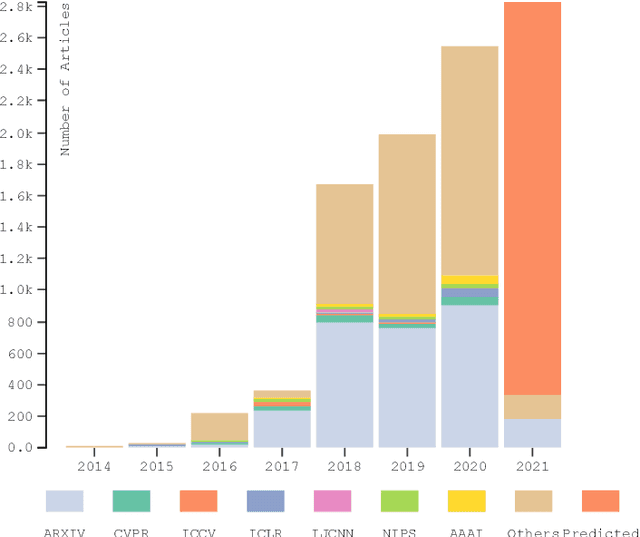
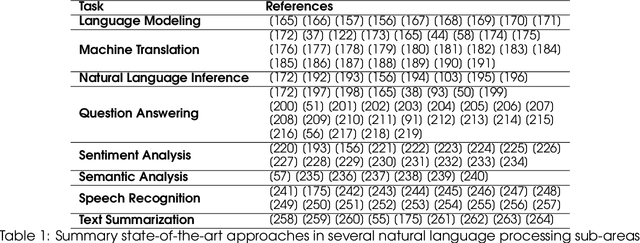
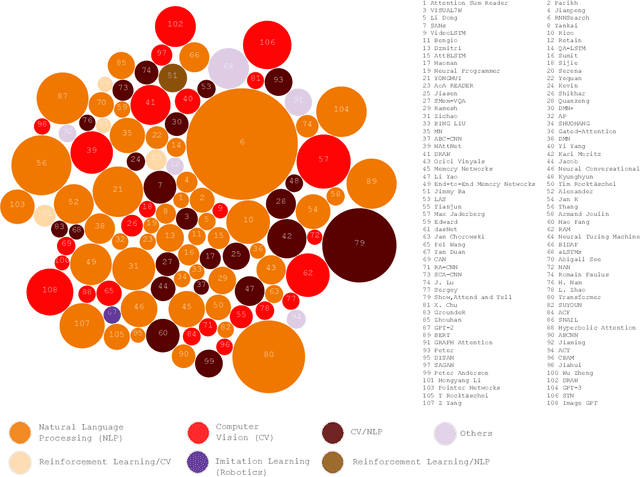
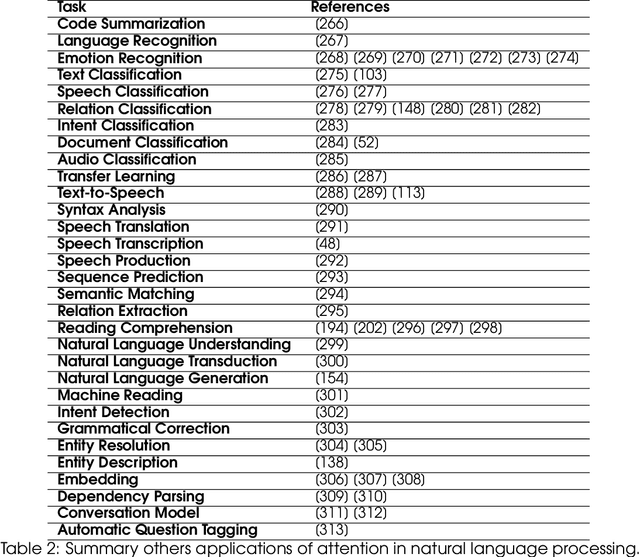
Abstract:In humans, Attention is a core property of all perceptual and cognitive operations. Given our limited ability to process competing sources, attention mechanisms select, modulate, and focus on the information most relevant to behavior. For decades, concepts and functions of attention have been studied in philosophy, psychology, neuroscience, and computing. For the last six years, this property has been widely explored in deep neural networks. Currently, the state-of-the-art in Deep Learning is represented by neural attention models in several application domains. This survey provides a comprehensive overview and analysis of developments in neural attention models. We systematically reviewed hundreds of architectures in the area, identifying and discussing those in which attention has shown a significant impact. We also developed and made public an automated methodology to facilitate the development of reviews in the area. By critically analyzing 650 works, we describe the primary uses of attention in convolutional, recurrent networks and generative models, identifying common subgroups of uses and applications. Furthermore, we describe the impact of attention in different application domains and their impact on neural networks' interpretability. Finally, we list possible trends and opportunities for further research, hoping that this review will provide a succinct overview of the main attentional models in the area and guide researchers in developing future approaches that will drive further improvements.
 Add to Chrome
Add to Chrome Add to Firefox
Add to Firefox Add to Edge
Add to Edge